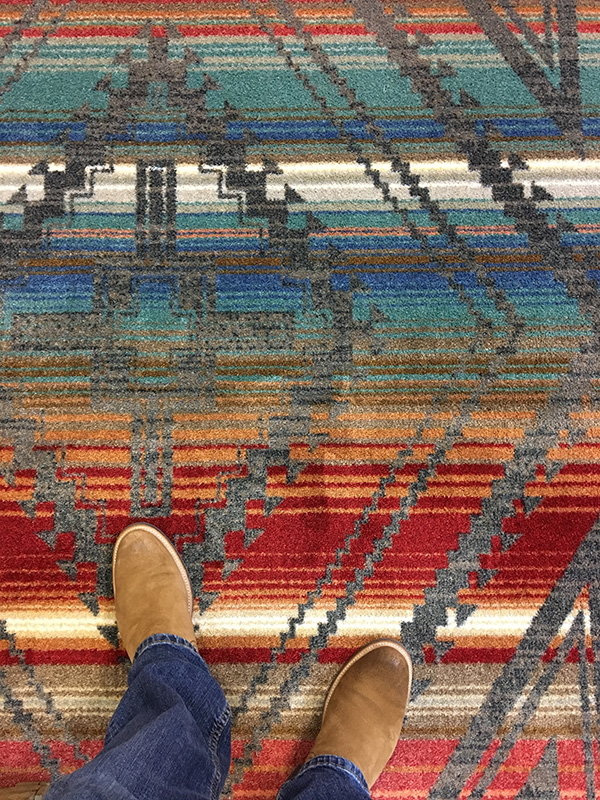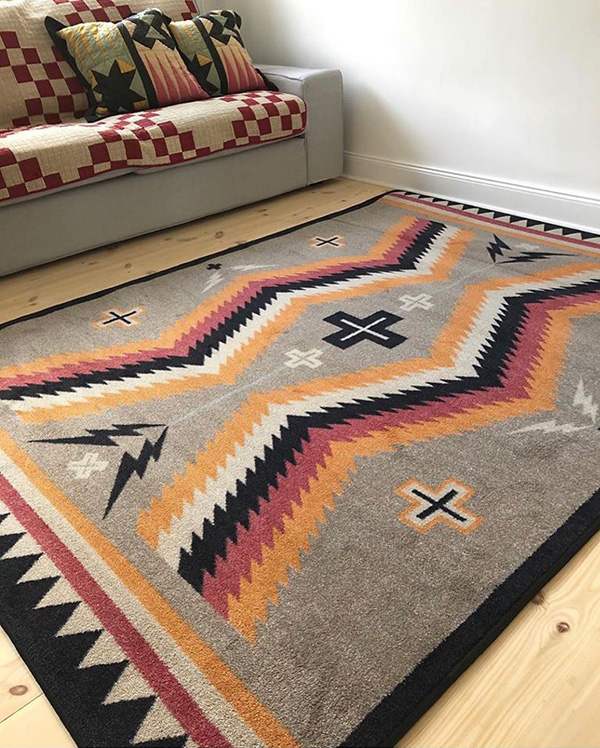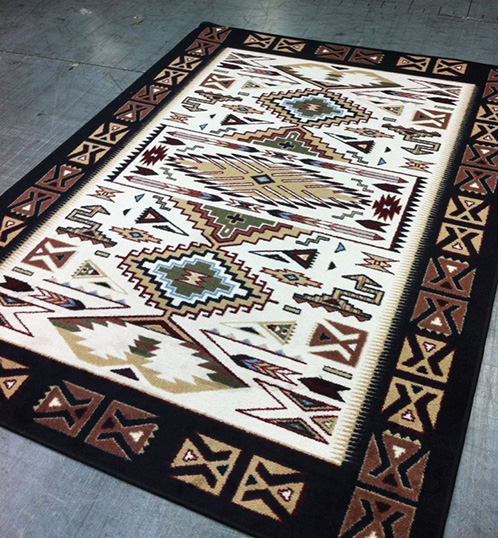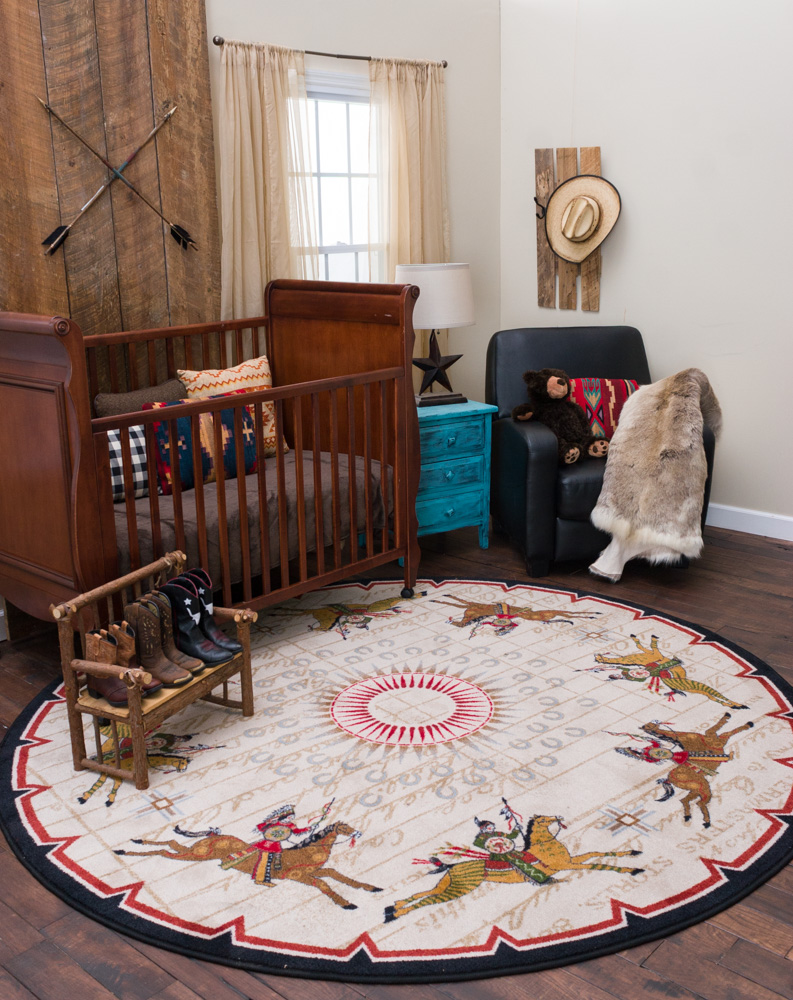indian style rugs
As you might have guessed, because they take so much time and effort to weave, these rugs automatically get a relatively higher price tag. The antique Navajo rugs are the ones that are weaved before the 1950s. These have a touch of history to them. On the other hand, the contemporary ones are the ones that are weaved from 1950 to the present. In comparison, the antique ones are pricier than the others.



